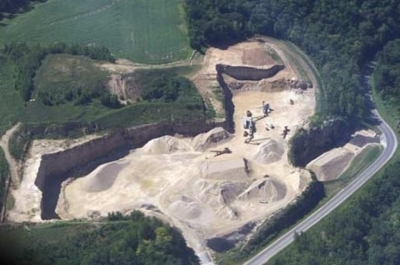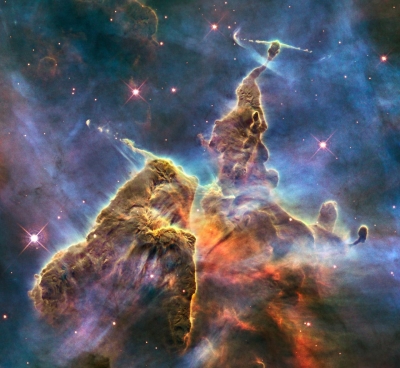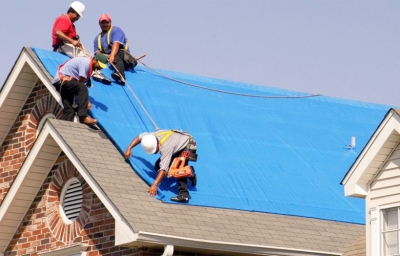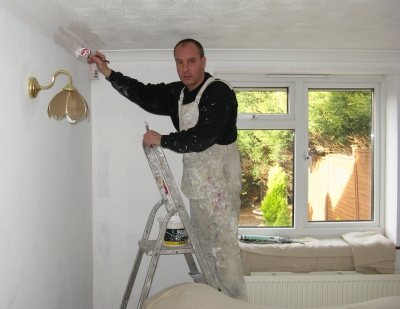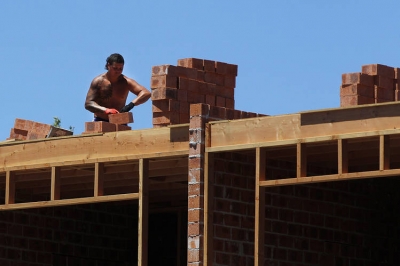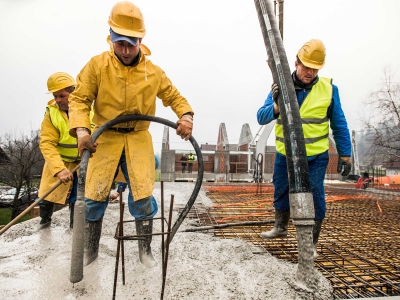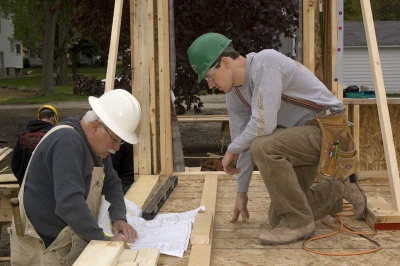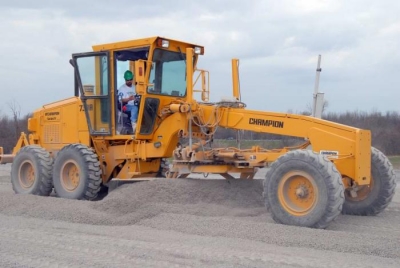What is haiku?

"Over the wintry Forest winds howl in rage
With no leaves to blow." Japanese poet, NatsumeSoseki's haunting poem "Over the Wintry" paints a picture of winter, death and isolation in just three lines. The first line sets not just the scene but also the mood of the poem. We associate the winter months being cold (literally) and isolated. In the second line, the wintry months turn violent as "winds howl in rage". And with the last line: "with no leaves to blow the poet leaves the reader to ponder over existential matters. Did you enjoy reading it? This form of poem is called a haiku.
Short, intense, colourful, and thought-provoking, a haiku can take your breath away. Want to know about this form of poetry?
What is a haiku?
A traditional Japanese haiku (pronounced as high-koo) is a poem with seventeen syllables, divided into three lines of five, seven, and five syllables. Using just a few simple words haiku is packed with imagery and colour.
History of haiku
Haiku was given its current name by the Japanese writer Masaoka Shiki at the end of the 19th Century. The word ‘haiku' has been derived from the Japanese word hokku meaning "starting verse", as haiku began as the opening stanza of 13th-Century Japanese poems. Oral poems called, renga, which were a hundred stanzas long, opened with haiku.
Variations
Over time, haiku broke away from renga as poets began to compose them as standalone poems. Later, Japanese poet Matsuo Basho was credited with popularizing this form of poetry. Some of the other well-known haiku poets are Kobayashi Issa, and Natsume Soseki.
Themes
The important characteristics of haiku are an ability to be read in one breath; and a sense of sudden enlightenment. U.S. poet Ezra Pound was greatly influenced by the philosophy behind haiku.
Nature themes are common in haiku, so if you plan to write haiku start noticing things like birds or leaves, the way the air feels, or even the smells in the air. Many haiku are about simple natural elements in our day-to-day lives.
Picture Credit : Google
